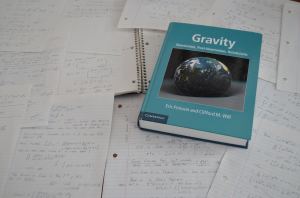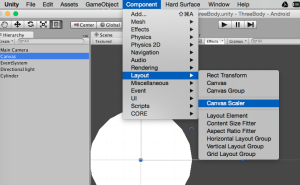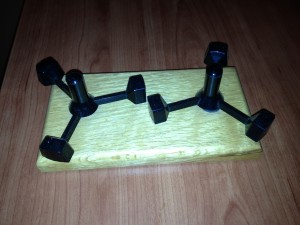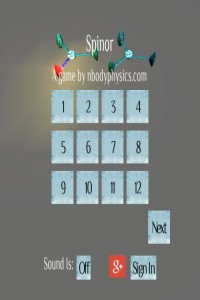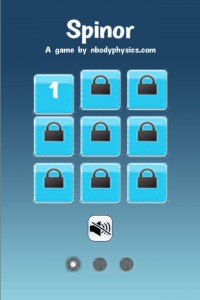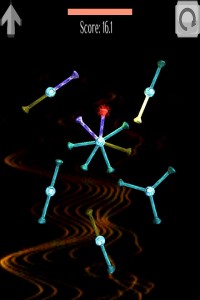When I look at new physics books (which I do far too often) I get a “Flowers for Algernon” feeling. There was a time when I knew about this stuff. That knowledge has seeped away over the past fifteen years leaving me with a sense of loss and nostalgia. However, there is a trick I used in undergrad when I decided that I wanted to have the option of going to graduate school, that applies here. I am using it to get my physics kung-fu back.
First, some background.
I “speak” math with some fluency. In high school it was easy to pick up. I do not speak much else. Efforts to learn French, Spanish and Mandarin at various points in my life have all been tedious and I have never managed to get very far.
Although I speak math, I was a lousy student. In first year I was so close to the bottom of the class, that I doubt anyone below me returned for the next semester. I did manage to squeak up to being 30th percentile – and I would have told you I was working hard. What I told myself (after getting in to a good school) was that I was on a different curve now and that this was the new “level”. In reality I was looking at the material, “grazing the text”, nodding to myself that it all made sense and doing only the assigned questions as best I could.
In the middle of third year I decided it was time to open the door to grad school and using my “trick” I achieved an 85% average and made in onto the Dean’s list.
The “trick” is: Do EVERY question until you can do it PERFECTLY.
I didn’t say it was an easy trick.
It almost killed me.
For the entire term I was either in class or at my desk. I did every question multiple times. I filled in every gap in the derivation in the text books. I went back and repeated start to finish questions I had not gotten right the first time, until I could take a blank sheet of paper and get it right.
I learned by doing, using the material in the book to solve problems.
I got into grad school.
Back to the present…
There is a new physics textbook “Gravity” by Eric Poisson and Clifford Will. This book is a tour-de-force, beginning with Newtonian gravity, detouring into shapes due self gravity and tidal forces, three body orbits and then heading into techniques to model general relativity and gravitational waves in situations where full blown general relativity cannot give direct answers.
I have decided that I refuse to feel nostalgia and loss about this topic. I need to learn it.
Back to the trick. It is NOT any easier. After a fifteen year break, I have spent more that a few hours reminding myself about div, grad, curl and lots of other forgotten math. The progress is slow, but not painful. Chapter 1, question 1 took me two weeks. I had to refresh my knowledge of vector calculus, derive some results in the text and figure out Stoke’s theorem. When I go back to the text with a specific problem in mind, I read far more carefully. As I feel knowledge seeping back I am excited to discover the connections and see where physics leads. There is a sheer joy from simply using my brain much like the feeling I get from a long bike ride or XC ski. My justification is precisely the same – it’s challenging and it’s providing exercise for part of my body.
The questions in chapter one have taken me a little over two months. Chapter two is going a bit better, since I now have some of my math skills back. I do not have as much time to focus on this as I would like, but the time I can put in is rewarding – and I can go off on detours to remind myself about Green’s theorem – or whatever it is I need to re-learn. Right now I am “stuck” on a line in Chapter three that starts “expanding in terms of r/R we get” and I need to go find out about Taylor series of vector functions.
This may take some time, but the trick is working again.
[social4i size=”large” align=”float-right”]

